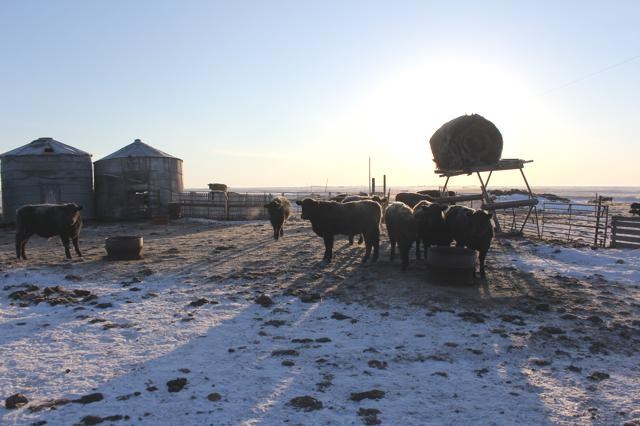The Canadian Food Inspection Agency reported directly to ranchers on their Bovine Tuberculosis investigation in southeast Alberta and southeast Saskatchewan. Dr. Rick Davies, CFIA area chief inspector for Western Canada, spoke to a session of the Saskatchewan Stock Growers Association semi-annual meeting on January 25, which was meeting during the Saskatchewan Beef Industry Conference from January 24 to 27 in Regina.
The number of premises under quarantine in southwest Saskatchewan has grown to seven since the holiday break in late December-early January. In total, 28,000 animals have been quarantined, which are mostly in Alberta. But the number of animals testing positive remains at six and has not increased. The one infected herd involved 18 farming operations located on multiple geographic premises. Areas affected in Saskatchewan are premises located south of the South Saskatchewan River and west of Highway 4. The affected Saskatchewan premises are within 100 km of the Alberta border.
Chad MacPherson, SSGA general manager, stated that the CFIA is near completion of its testing in Saskatchewan. As they wind down the trace out process from the infected cow, investigators are starting the trace in, which “Anyone selling animals to these quarantined herds in the last 5 years will be followed up” because there is a connection to the quarantined animals. This could mean that more animals in Saskatchewan may be quarantined.
On those premises with positive TB tests, the depopulation has been completed of all mature cattle from the 18 farming operations that were declared to be infected, and the CFIA has conducted screening tests on all these animals. The CFIA has moved to decontamination, the next step of the process and has focused the investigation on the single infected farming operation.
Producers have expressed concerns over the source of the TB. “There’s been a lot of speculation,” MacPherson said. CFIA researchers are still struggling to put together a picture of the infection pathway. Genetic analysis by CFIA researchers have shown that the bovine TB organism from the infected cow is not the same as any strains detected in Canadian domestic animals, wildlife or humans to date, explained Dr. Harpeet Kochhar, chief veterinary officer for the CFIA. Moreover, elk were being tested and so far have been found to be clean. Testing has revealed that the strain of TB identified in the confirmed case is closely related to a strain originating from cattle in Central Mexico in 1997. It has also shown up in the U.S. in Montana and California.




